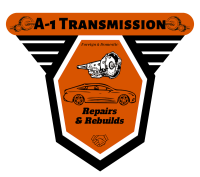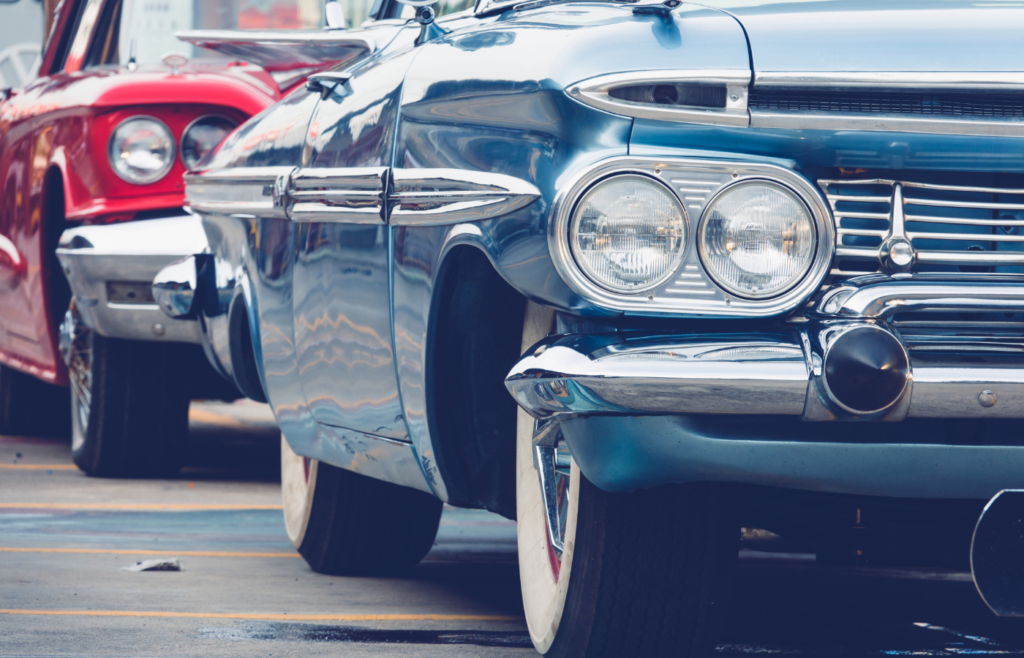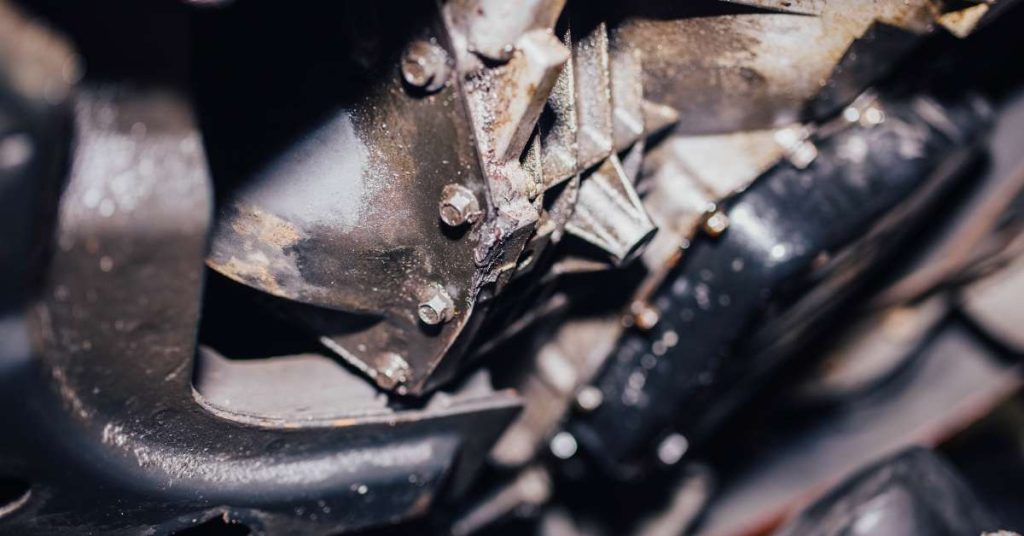Dangers of Transmission Flushes Explained
Vehicle maintenance is a multifaceted responsibility, and among the debated practices is the transmission flush. While touted as a means to enhance transmission performance, there are growing concerns among car owners and experts regarding potential dangers associated with this procedure.
In this comprehensive exploration, we will delve into the intricacies of why a transmission flush may pose risks to your vehicle and discuss alternative maintenance methods.
Understanding these potential pitfalls is crucial for making informed decisions about your transmission's care.
Understanding Transmission Flush
A transmission flush is a maintenance procedure designed to replace old transmission fluid, cleanse the transmission system, and introduce new fluid. The primary objective is to eliminate contaminants, sludge, and debris from the transmission fluid, aiming to enhance performance and prolong the transmission's lifespan.
Despite these purported benefits, it is essential to scrutinize the potential risks that accompany this seemingly routine procedure.
Disruption of Particles and Debris:
During a transmission flush, the forceful expulsion of old fluid can dislodge particles and debris that have settled within the transmission system. While the intention is to eliminate contaminants this process might inadvertently circulate them throughout the transmission, potentially leading to blockages in vital passages or causing damage to sensitive components.
Consequently, rather than improving performance, this disruption could result in poor shifting and diminished transmission efficiency.
Abrasive Effects on Seals and Gaskets:
The transmission system relies on a network of seals and gaskets to maintain proper pressure and prevent fluid leakage. The forceful nature of a transmission flush can subject these critical components to increased pressure, potentially causing damage.
Once compromised, these seals and gaskets may lead to fluid leaks, diminishing lubrication and heightening the risk of significant transmission failure. This risk not only poses an inconvenience but also may result in substantial repair costs for car owners.
Risk of Fluid Contamination:
Despite the intention of a transmission flush to replace old fluid with new, there is a risk of introducing contamination during the procedure. If proper equipment and procedures are not meticulously followed, the new transmission fluid may become tainted with residual debris or, in some cases, the wrong type of fluid.
This contamination can compromise the lubricating properties of the fluid, negatively impacting the transmission's efficiency and longevity.
Potential for Transmission Overheating:
Transmission fluid plays a pivotal role in dissipating the heat generated during the transmission's operation. The rapid and forceful replacement of fluid during a flush can lead to inadequate cooling, potentially resulting in overheating.
Transmission overheating accelerates wear and tear on internal components, significantly reducing the lifespan of the transmission and potentially leading to costly repairs.
Voiding Manufacturer's Warranty:
For many vehicles, adhering to the manufacturer's recommended maintenance schedule is crucial to maintaining the warranty. Performing a transmission flush outside of these intervals or using non-approved fluids may void the warranty.
Car owners should meticulously review their vehicle's warranty documentation and consult with the manufacturer or dealership before opting for a transmission flush.
Alternatives to Transmission Flushes:
Given the potential risks associated with transmission flushes, car owners may seek alternative methods to maintain their transmission system. These alternatives prioritize transmission health without exposing the vehicle to the potential dangers associated with a full flush.
Regular Transmission Fluid Changes:
Rather than opting for a forceful flush, consider implementing regular transmission fluid changes. This involves draining a portion of the old fluid and replacing it with new fluid at scheduled intervals. This method helps maintain the integrity of the transmission fluid without the potential risks associated with a full flush.
Fluid and Filter Replacements:
In addition to changing the fluid, consider replacing the transmission filter at regular intervals. This ensures that the transmission fluid remains free of contaminants, promoting optimal performance without the need for a forceful flush.
Performing a Fluid Exchange:
A fluid exchange involves removing a portion of the old fluid and replacing it with an equal amount of new fluid. While not as thorough as a complete flush, it strikes a balance between maintaining fluid quality and minimizing the risks associated with forceful flushing.
Transmission Conditioners and Additives:
Some automotive experts recommend the use of transmission conditioners and additives. These products are designed to clean and protect the transmission without the need for a forceful flush. Adding a conditioner or additive during regular fluid changes can contribute to a healthier transmission.
Professional Inspection and Maintenance
Consider engaging in regular professional inspection and maintenance of your vehicle's transmission system. A certified mechanic can assess the condition of your transmission and recommend suitable maintenance practices based on its specific needs.
This proactive approach can identify potential issues before they escalate, contributing to a longer-lasting and more efficient transmission.
Transmission Rebuilding vs. Replacement
In cases where a transmission is experiencing significant issues, car owners should explore the option of transmission rebuilding or replacement. Rebuilding involves disassembling the transmission, replacing worn or damaged parts, and reassembling it to restore functionality.
While this process requires expertise, it can be a cost-effective alternative to a complete replacement. However, if the transmission is beyond repair, replacement may be the only viable option.
Conclusion
Understanding the potential dangers associated with transmission flushes empowers car owners to make informed decisions about their vehicle's maintenance.
Whether considering the disruption of particles, abrasive effects on seals, the risk of fluid contamination, the potential for overheating, or concerns about voiding the manufacturer's warranty, a thorough understanding of these issues is vital.
Consulting with a trusted mechanic or following the manufacturer's recommended maintenance guidelines can help car owners determine the most suitable approach for preserving their transmission's health.
Whether opting for regular fluid changes, fluid and filter replacements, a fluid exchange, the use of conditioners and additives, professional inspection and maintenance, or even exploring transmission rebuilding or replacement, prioritizing a maintenance routine that aligns with the specific needs of the vehicle contributes to a smoother, more reliable driving experience.
Ultimately, avoiding the potential dangers associated with transmission flushes ensures the longevity and optimal performance of your vehicle's transmission system, safeguarding your investment in the long run.




